Although it was an utterly unexpected turn of events on the back of a cup double and a brush with European giant-killing, 2021/22 from a St Johnstone perspective at least had a clear narrative to debrief.
Club that has punched above its weight loses key players, club doesn’t replace them with equivalent quality, club goes into a tailspin, club throws enough money at the problem in January and club does just about enough to sort itself out in the nick of time.
Leicester City supporters will no doubt recognise a few of those themes, albeit not the most important one at the end.
Reflecting St Johnstone’s 2022/23 campaign
A year on, reflecting on Saints’ 2022/23 campaign is a more complicated business.
After finishing ninth – and a very comfortable ninth, 12 points above bottom and nine above second bottom – it’s not easy to assess whether this squad of players found its level or under-performed.
What is clear in my mind is that finishing in the middle of the bottom six after being in a relegation play-off is acceptable.
As quickly became clear during Saints’ League Cup group fixtures, the McDiarmid Park wounds were deeper than the second leg demolition of Inverness Caley Thistle and the relief and euphoria that followed might have led you to believe.
Every top-flight club walks a tightrope in these matches.
Whichever way you want to spin it, they are half-friendlies.
It has to be that way, especially if your previous season extended longer than the rest, as was the case with Saints.
A look back at the starting XI for the first game against Annan Athletic shows you their state of readiness.
Parish, Considine, Cleary, Mahon, Gilmour, Montgomery, Davidson, Crawford, Hallberg, Kucheriavyi, Bair.
By the last game of the season, only Adam Montgomery was in Steven MacLean’s line-up to face Livingston.
The problem for Saints was that exiting a competition they had won, then got to the semi-final of, under Callum Davidson fed fears that lessons hadn’t been learned and that fans would be in for another long, traumatic Premiership ordeal.
Even an injury-time Stevie May winner at Motherwell on the second Saturday of the league season didn’t shift the dial.
That only happened when Nicky Clark arrived at the end of the summer transfer window and his first game – a 3-0 win over St Mirren – supported the theory that a proper link-man striker might just unlock this squad’s potential.
Between September and mid-December it was probably the most persuasive theory around.
Five wins, including a victory over Rangers, and a couple of draws formed a substantial enough body of work to suggest that Davidson was back in his first year groove and that lurching towards the experienced/veteran end of the recruitment scale in their transfer business was a wise strategy.
So what went wrong – for Davidson and for Saints?
The Rangers Scottish Cup tie ticket debacle certainly didn’t help but there were purer, footballing factors at play.
A bloated squad
Trying to give senior pros enough game-time that would keep them satisfied suddenly felt like a serious problem rather than one of those nice problems managers talk about.
In a run of defeats to Hearts, Dundee United, Aberdeen and Livingston (three of them at home) it felt like Davidson had drifted a long way from knowing which players would give him his strongest team and strongest midfield, in particular.
Co-ordinated pressing from the front – so effective in the double season – dropped off, passing patterns were hard to determine and indecision and mistakes at the back increased.
Wins at Tannadice and Fir Park – though crucial in the context of Saints’ season as a whole – would prove to be the exception rather than the rule in the context of a sequence of games that would precede Davidson’s departure.
When Steve Brown made the managerial change, the Perth club were sitting on 32 points.
As it turned out, 35 would have been enough to avoid not only automatic relegation but the play-offs.
Would St Johnstone under Callum Davidson have stayed up?
Yes, I think so.
Have St Johnstone improved markedly under Steven MacLean?
Also, yes.
Brown’s last two big decisions have proved to be correct ones – parting company with a club legend and showing faith in his right-hand man who some in the fan base felt would represent continuation rather than change.
Steven MacLean has barely put a foot wrong.
His own man
I would imagine a high percentage of the continuity sceptics have been won over – both by the change in style in the pre and post-match media messages and the change in style on the pitch.
Whether it’s in a 4-3-3 or a 4-1-4-1, Saints are keeping clean sheets, creating chances and scoring goals again.
They’ve failed to find the net in just one of MacLean’s six matches.
Not only was the introduction of Cammy Ballantyne for the Kilmarnock game a masterstroke in terms of an individual fixture that shaped the post-split mini-season, it was also hugely important in terms of defining the new era.
Ballantyne, Max Kucheriavyi and Alex Ferguson will return to pre-season training in a few weeks believing they have a real shot at claiming a place in a MacLean team.
It’s a message that will incentivise and discourage complacency in equal measure.
The trimming of numbers process about to begin will benefit the first team, not hinder it.
There’s post-season positivity again.
And this time it feels different.
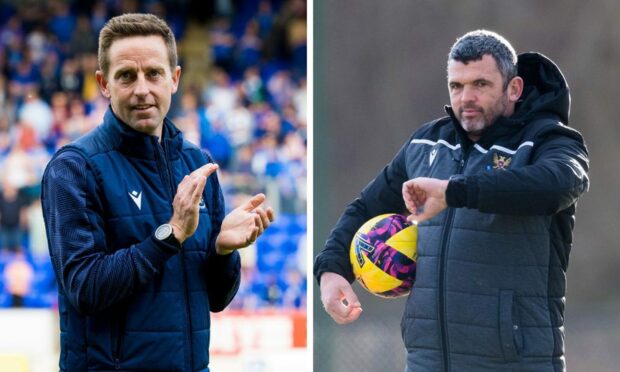
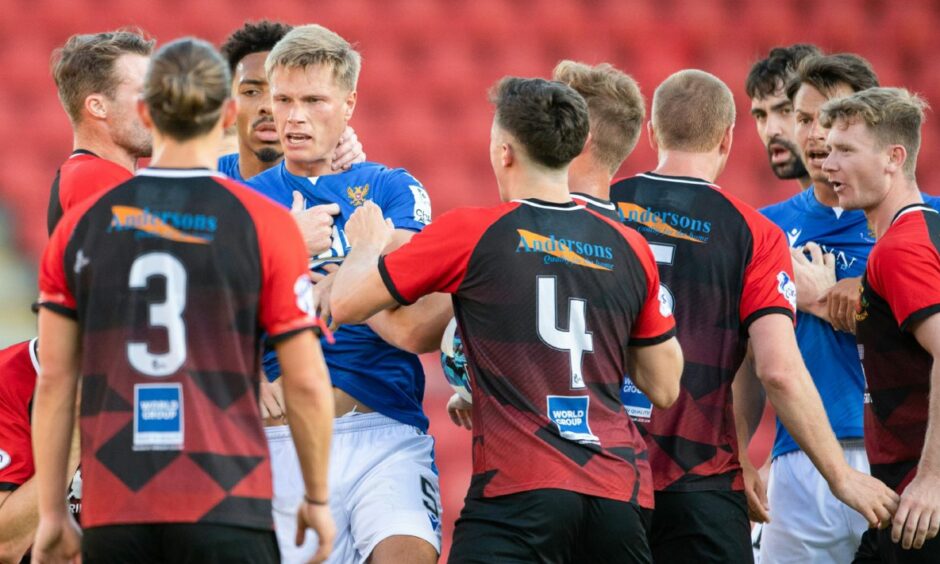
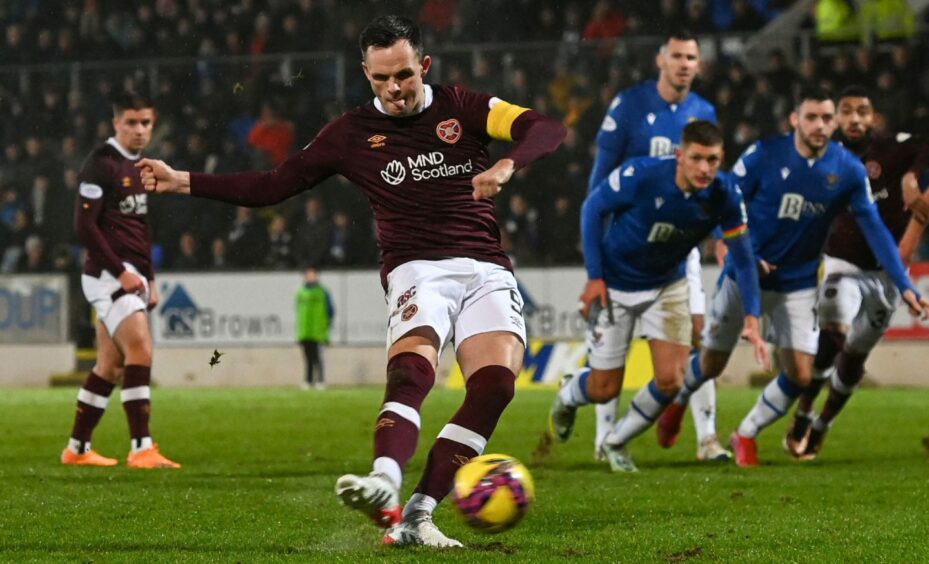
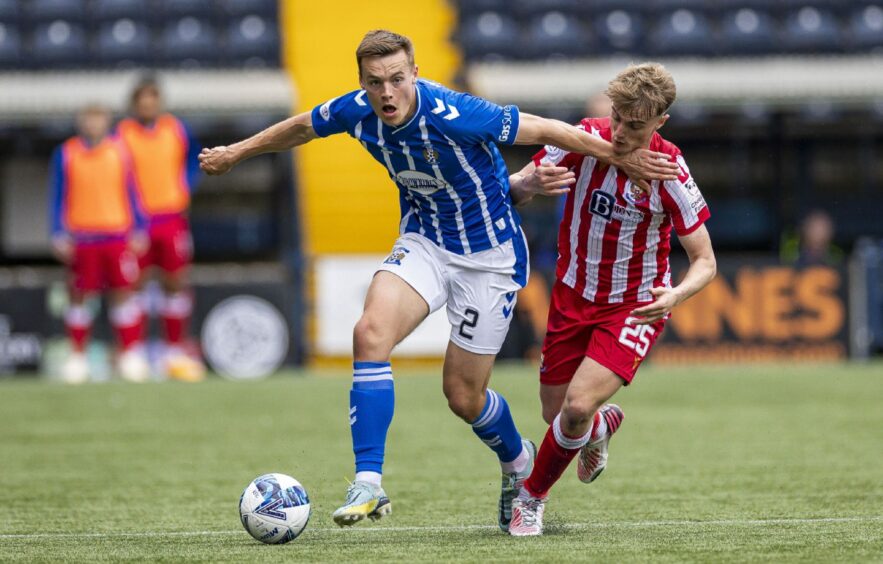
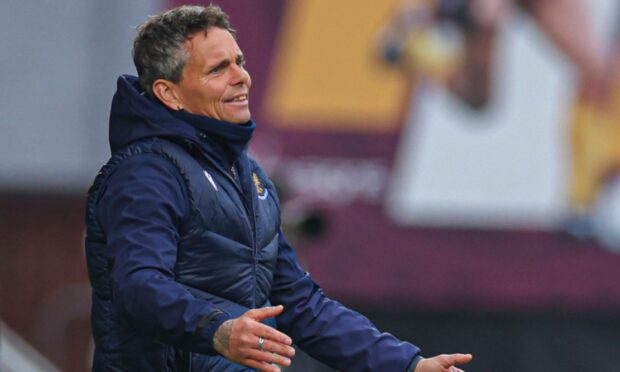
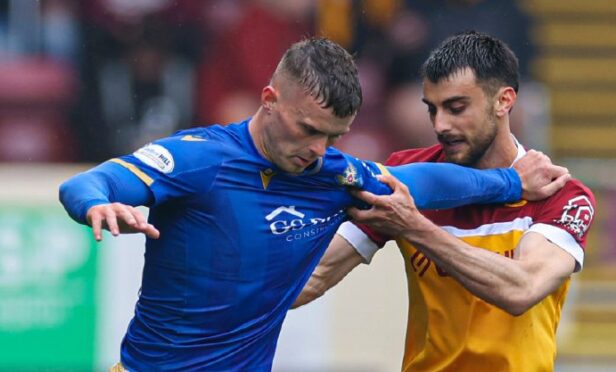
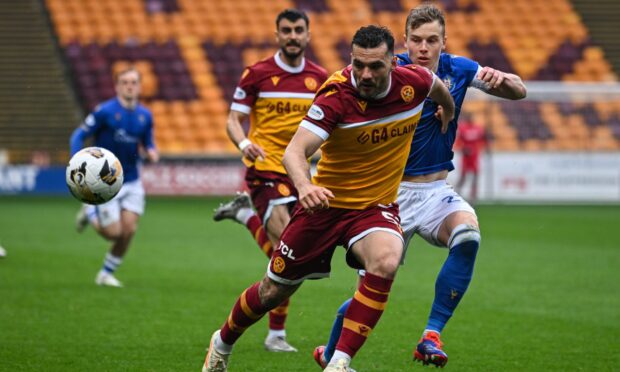
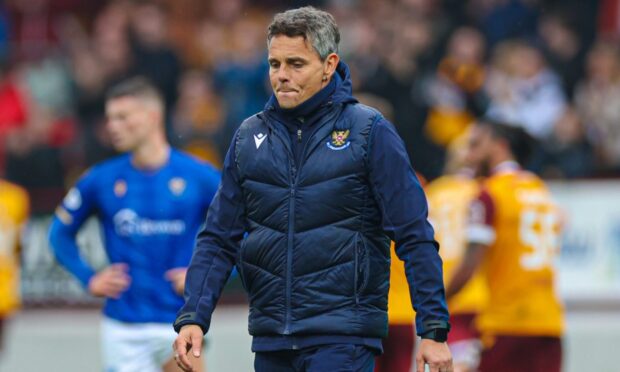
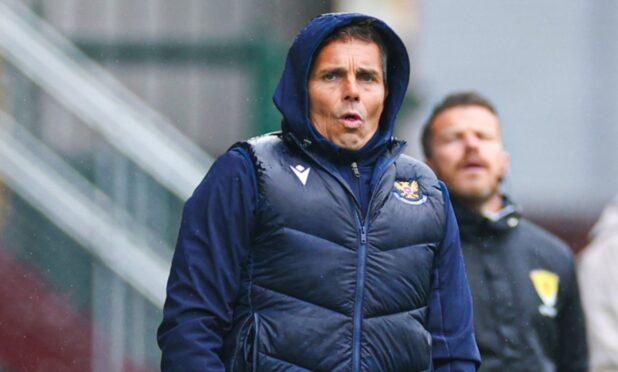
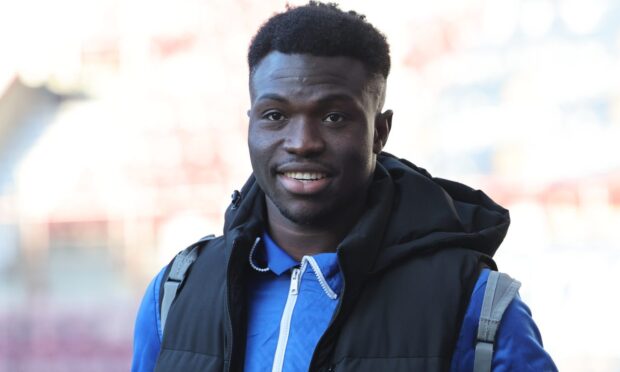
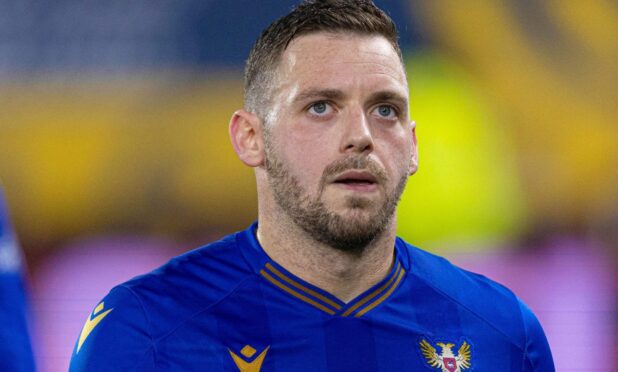
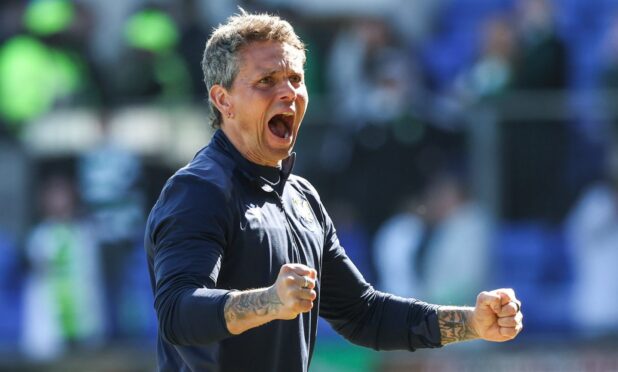
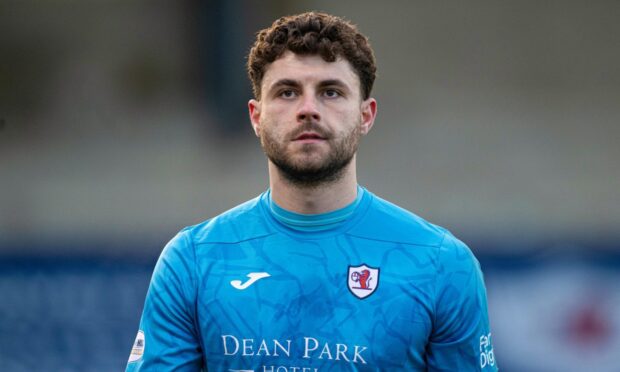
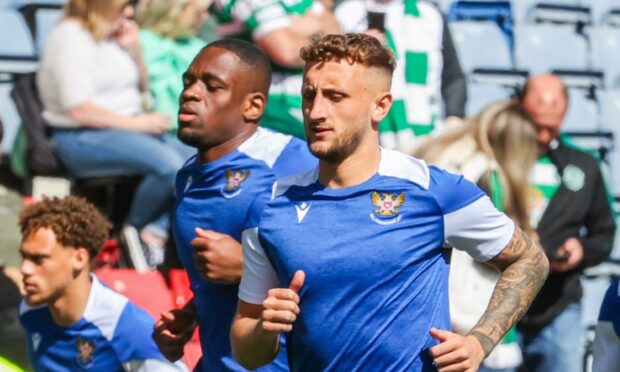
Conversation